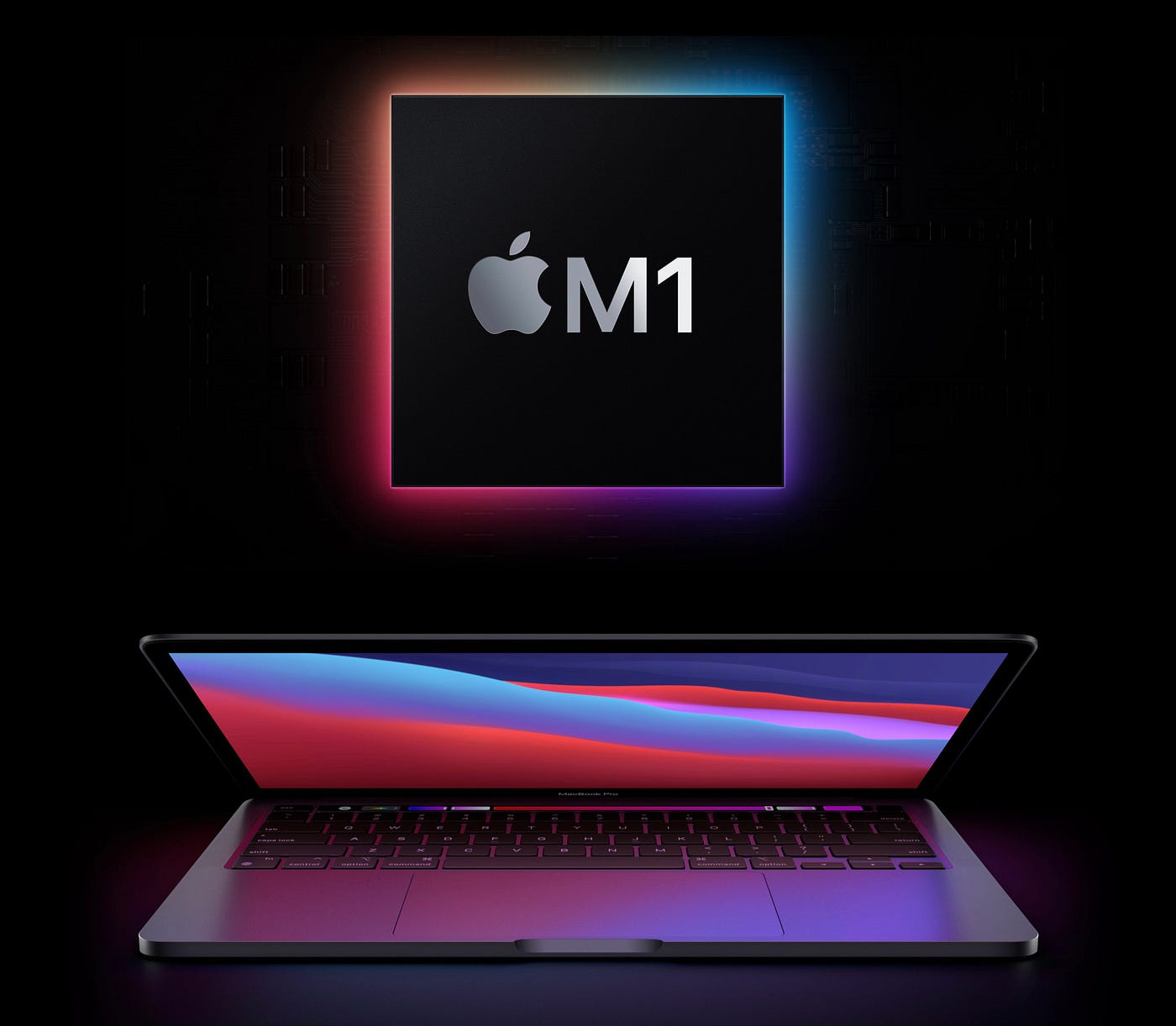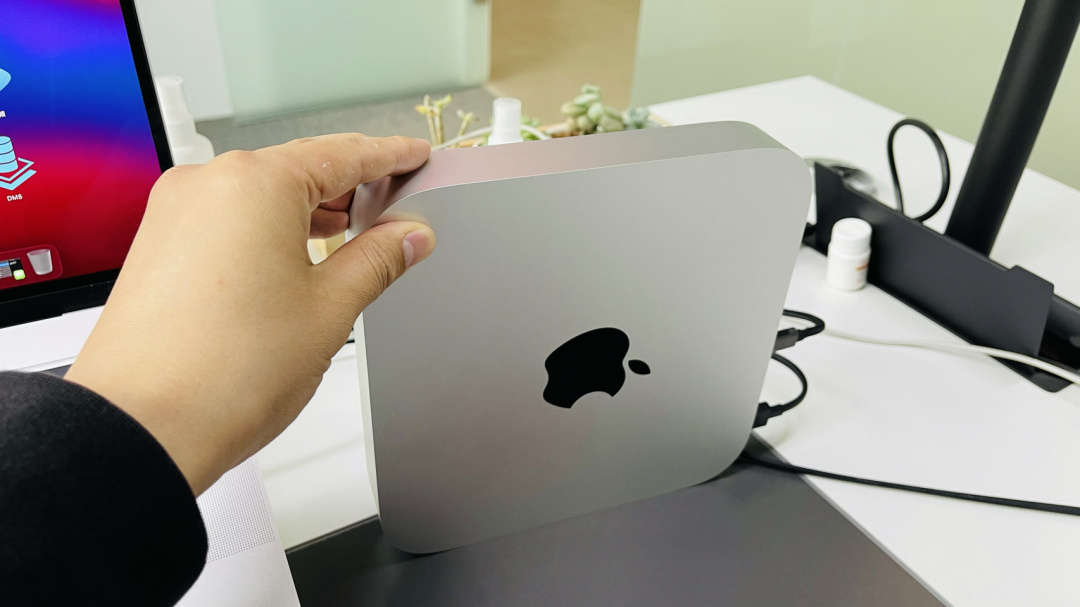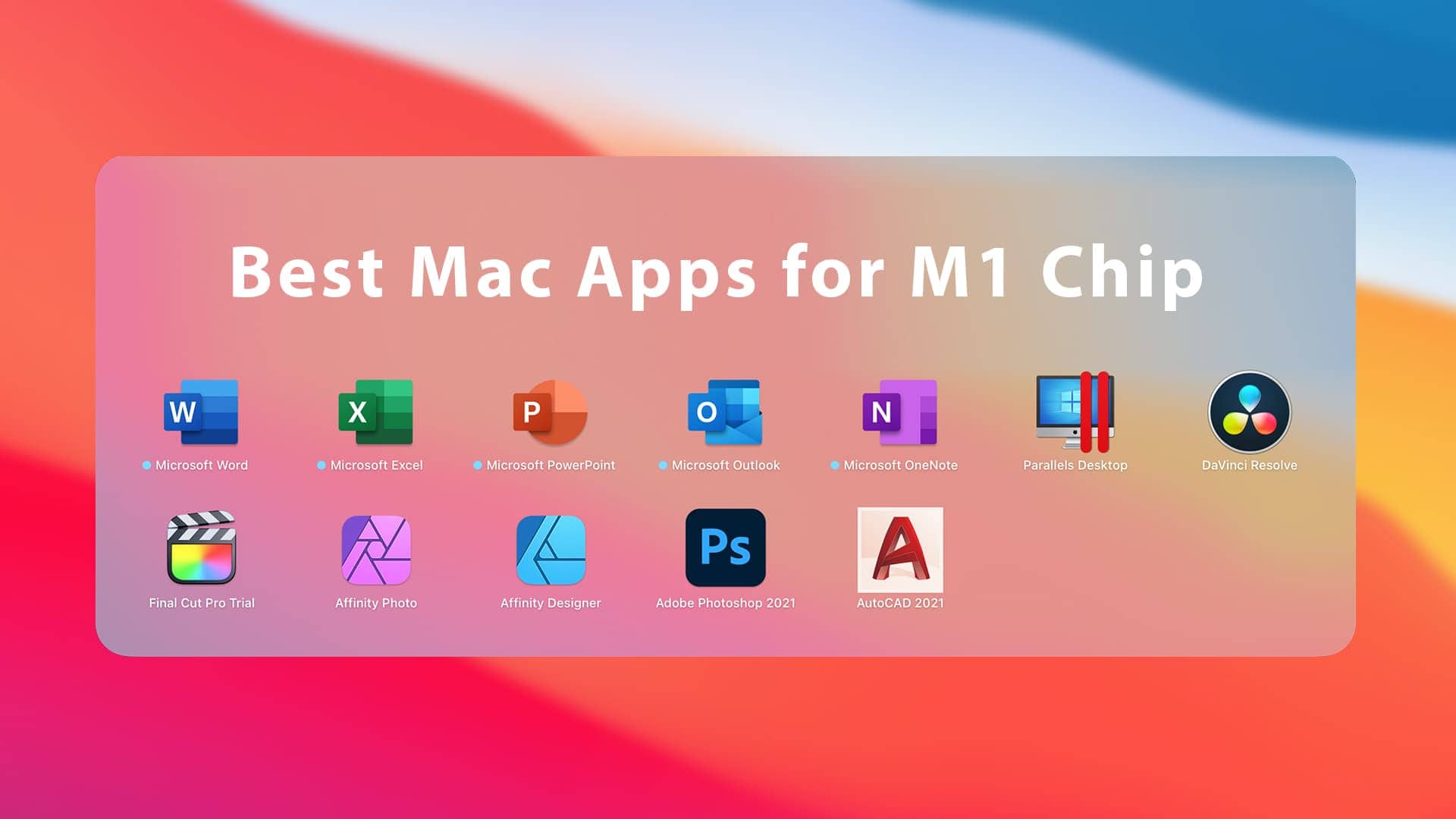

- #M1 APPLE VIRTUALIZATION WINDOWS 10#
- #M1 APPLE VIRTUALIZATION SOFTWARE#
- #M1 APPLE VIRTUALIZATION FREE#
The first will serve as the system drive (NVMe), while the second is used for the installation media (ISO). Under the “Drives” tab, create two drives.

I found that leaving this setting “blank” resulted in a boot error. Select “Show Advanced Settings” and specify the desired number of CPU cores. For a local, single-user server I normally allocate 8GB (8192MB). Under the “System” tab, select the “ARM64 (AArch64)” architecture and allocated the desired amount of memory. Provide some basic information (metadata) about the virtual machine, including the name, style and icon. Launch UTM and select to create a new Virtual Machine. The following screenshots highlight the installation process for Linux ( Ubuntu Server), including the setup of a Desktop Environment (GUI).
#M1 APPLE VIRTUALIZATION SOFTWARE#
Therefore, do not expect to use UTM for running graphics-intensive software or playing modern games. The only watch-out relates to GPU hardware acceleration, which is not currently supported across virtualisation or emulation. This architecture makes UTM very versatile, perfect for developers that what to emulate different physical architecture, such as ARM32, MIPS, PPC, and RISC-V. UTM takes the best parts of QEMU, providing a user-friendly GUI for simple configuration and maintenance.
#M1 APPLE VIRTUALIZATION FREE#
What makes UTM unique is that it employs the Apple Hypervisor virtualization framework to run AArch64 operating systems on Apple Silicon at near-native speeds, as well as lower performance emulation for x86/圆4 operating systems.īehind the scenes, UTM leverages QEMU, which is a mature, free and open-source emulation software that is actively maintained by a passionate community. Similar to VMware Workstation (and Parallels), UTM allows you to securely virtualise and emulate guest operating systems on your Mac. However, VMware is a little behind with their Apple Silicon implementation, therefore I have selected UTM, which is free and open-source software, but also offered via the Mac App Store (£8.99) if you would like to support the project. On a Linux or Windows host, I use VMware Workstation for client-side virtualisation, mainly because I have years of experience working with VMware products (e.g. Microsoft Windows 11 Insider Preview for ARM.
#M1 APPLE VIRTUALIZATION WINDOWS 10#

However, with the shift to Apple Silicon, the AArch64 (ARM64) instruction set is required to achieve native/optimal performance. Historically, these virtual machines leveraged the x86-64 instruction set, which is native to Intel and AMD processors. I use virtualisation frequently for testing and to run specialist workloads. With the arrivial of the 2021 MacBook Pro, I have been testing client-side virtualisation on Apple Silicon.


 0 kommentar(er)
0 kommentar(er)
